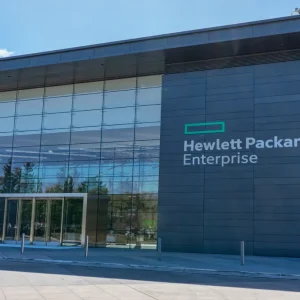Customers will now be able to make and receive calls using wi-fi when cellular networks are unavailable, using the phone’s normal dialler and contacts book.
The service is now available to Pay monthly customers on the Vodafone Red Bundle with a compatible handset.
Vodafone has followed the same approach to rolling out wi-fi calling as EE, which launched its own service in April of this year. EE’s wi-fi calling service now has more than 1.3million provisioned users.
To run the service, devices have to be provisioned by the carrier in question, so a compatible device not purchased through the operator will not be able to run the service.
EE offers wi-fi calling on recent generations of the iPhone and Samsung as well as the Microsoft Lumia 640 and HTC One M9 and Vodafone will offer it on a similar range of devices.
However, Three and O2 opted for the approach of offering wi-fi calling through an application, with InTouch and TUGo respectively.
Three has had considerable success with its app; the operator told CBR that 1.2 million customers had used the app since its launch a year before.
Wi-fi calling is also offered through third-party applications such as WhatsApp.
"Doing it without an app is less hassle," says Kester Mann, Principal Analyst at CCS Insight.
"The downside is their customers need to have compatible wi-fi calling devices."
Currently, only certain high-end devices feature wi-fi calling, such as the iPhone 6 and the Samsung S6.
As Mann argues, "with O2 and Three you can download the app on any smartphone."
Until then, the EE and Vodafone approach will be limited in its adoption.
"It will only be when [wi-fi calling] becomes standard in all smartphones that it becomes more significant.
"The choice is the hassle of an app versus the lack of availability."
The advantage of offering wi-fi calling is that areas of patchy cellular coverage can be mitigated by using the wi-fi network. The two services that offer wi-fi calling as a built-in service, EE and Vodafone, sell wi-fi themselves.






